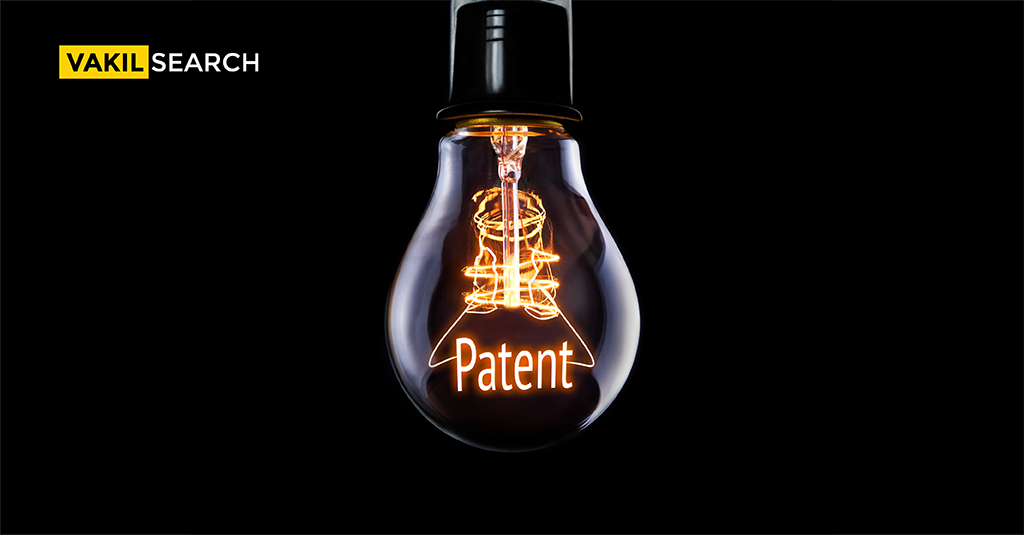If you're new to filing patents, you must know that things have changed dramatically in the last few years. With the implementation of new patent filing procedures in the previous few years, it's now a significant race to be the first to file.
A patent protects intellectual property for 20 years and no one else than the patentee can manufacture the product. After 20 years, the invention goes public and is free to use by anyone. A patent is also known as a negative right. Various companies have a number of patents for various inventions. They have a separate department that will handle all legal processes. Let’s see Patents Filed In Big Companies In India
As per NASSCOM’s recent report, 70% of the patents came from MNCs and 7% from startups. The healthcare and automobile industry have filed over 80% of the patent. The report says the Internet of Things (IoT) is the driver of patent growth in India in the sectors of healthcare, disaster prevention, public safety & security, and manufacturing & supply chain.
Patents Filed in Big Companies
You may be aware of how companies obtain a large number of patents on their own. Typically, they encourage employees to present their own ideas. Then they work on the concept. Over 900 patents have been issued to Indian inventors working with IBM.
Depending on corporate policy, the inventor receives remuneration for submitting the innovation itself. They are rewarded once the invention has met all of the conditions and a patent application has been filed. Similarly, some businesses have different rules and pay after the patent is granted. Companies may consider paying royalties if a product receives a patent award. Most countries require inventors to be paid for their contributions under patent law, although not all.
Patent Filing Procedure
The Patents Act of 1970 clearly defines the scope of patentability. After proper disclosure to the patent offices, a patent is awarded. The steps for patent registration in India are outlined in the Patents Act.
Step 1: Examining Invention’s Patentability
The patent registration process starts with an in-depth patentability search checking if an invention is original or not.
Step 2: Draft the Patents Application
If the invention is new and original, one can proceed with the application process. If innovation is still being tested, patent law allows for a 12-month period to file for a complete patent. As a result, depending on the stage of innovation, one can file a provisional or complete patent application.
Drafting a patent application is a very important step that must be completed as per different clauses. Likewise, use and outcome of the invention, intention to license, profiting from your invention etc. – submit all information in detail.
Step 3: Filing the Patent Application
Indian patent office requires the following forms while filing for a patent:
- Application for the patent grant – Form 1
- Specification form – provisional or complete- depends on the invention stage – Form 2
- Undertaking for foreign applications under Section 8 – Form 3
- Declaration for the complete invention application – Form 5
- If the patent application is for a start-up – Form 28.
Step 4: Publishing the Application
The Indian Patent Office uses an automated technique to do this. Further, the patent application will be published in an official patent journal upon documentation and it takes about 18 months. Form 9 can be submitted by an investor if they want to publish the patent application before 18 months.
Step 5: Examining the Patent Application
A patent examination thoroughly checks the application for the merits claimed and described in the patent specification form. Moreover, the inventor has to submit the requesting Form 18 to start the process. To expedite this process, there is Form 18 (A).
Step 6: Granting of Patents
Finally, the examiner grants the patent and publishes it in the official patent gazette. But only if the patent application does not contain any objections.
Non-Patentable Inventions
Inventions covered under Sec. (3) of Patents Act, 1970, Sec. (1) of Sub-sec. 20 of the Atomic Energy Act, 1962 are not patentable. Central government updates the list of patentable and non-patentable inventions from time to time.
Vakilsearch can help you all the way through the patent application process. With us, you may file both provisional and permanent patent applications. Moreover, for any legal assistance regarding patents, you may contact the Vakilsearch team of proficient lawyers and professionals.
Things to Keep in Mind
- Do not disclose your invention before filing the patent application
- Additionally, keep a bound notebook. It will help inventors to prove the idea is original
- Develop the idea and produce a model
- Describe the requirement of the invention and what is unique about the invention.
Read more:-




